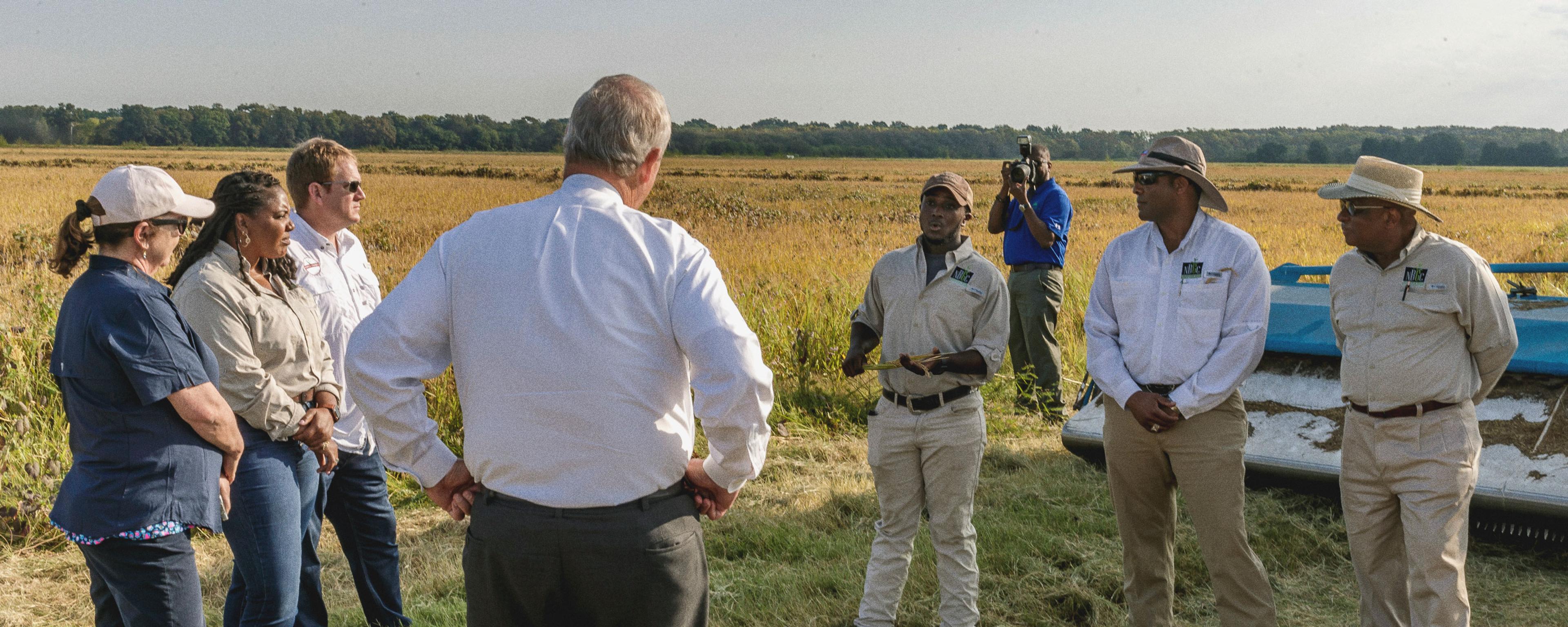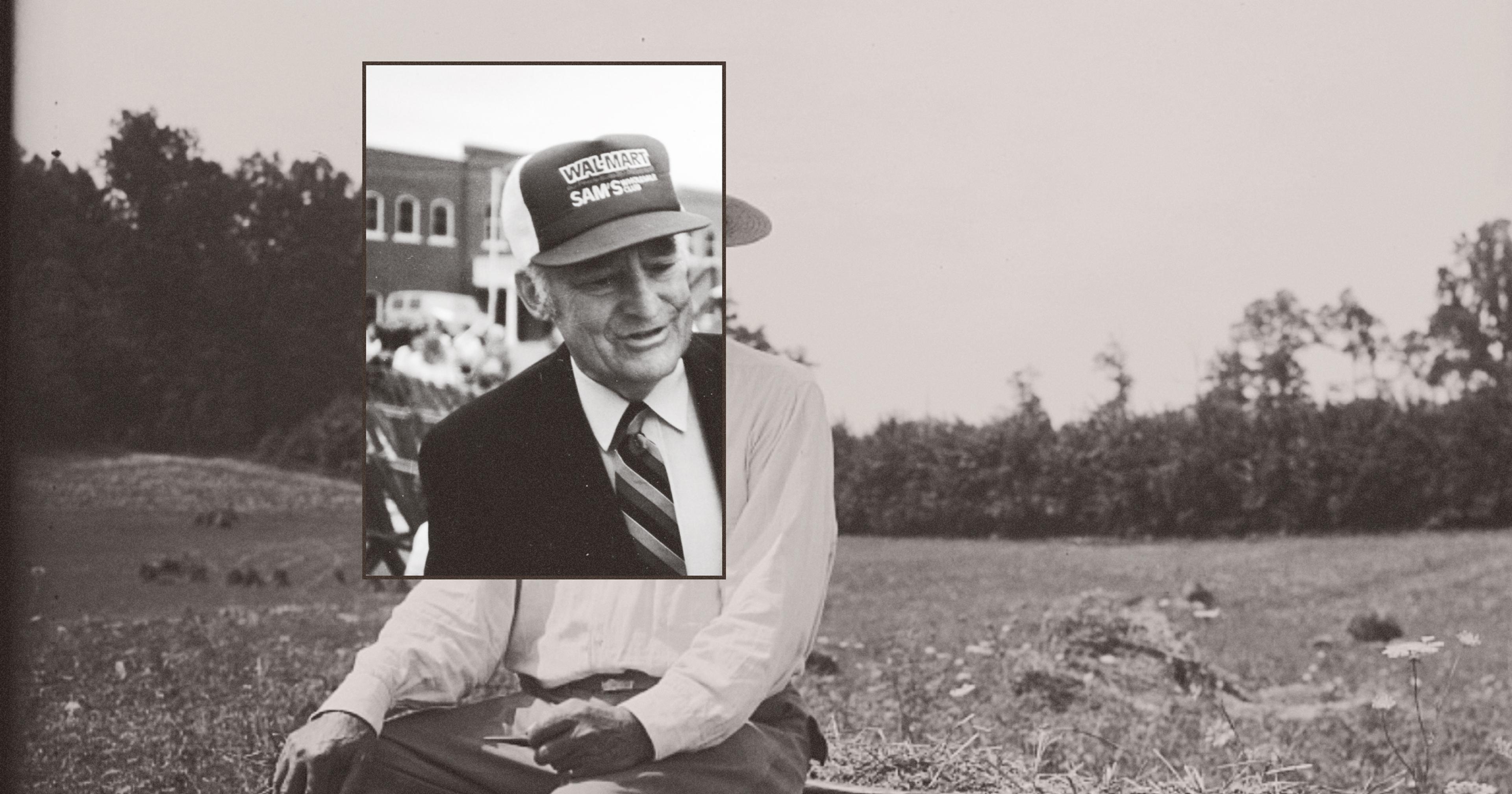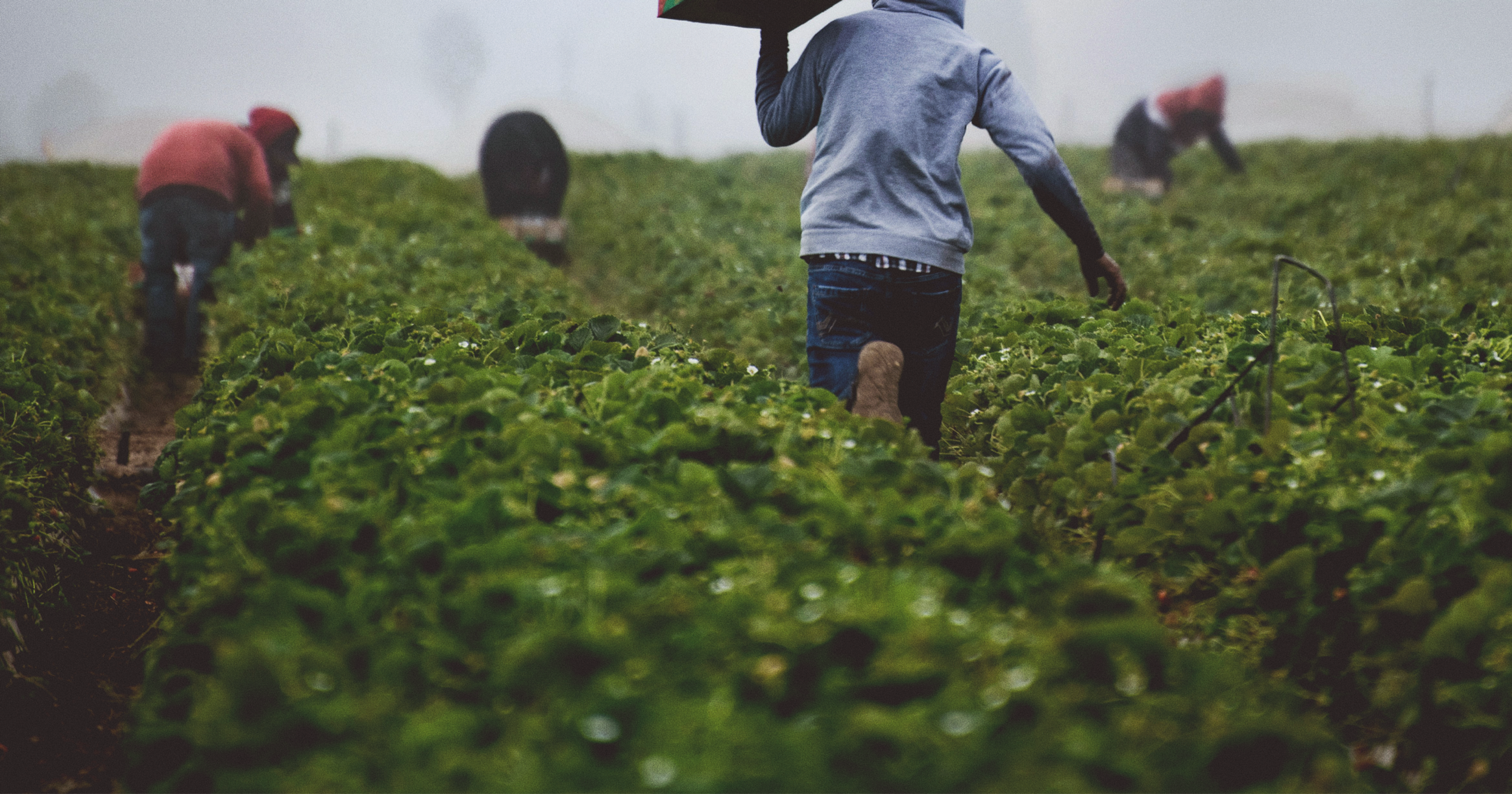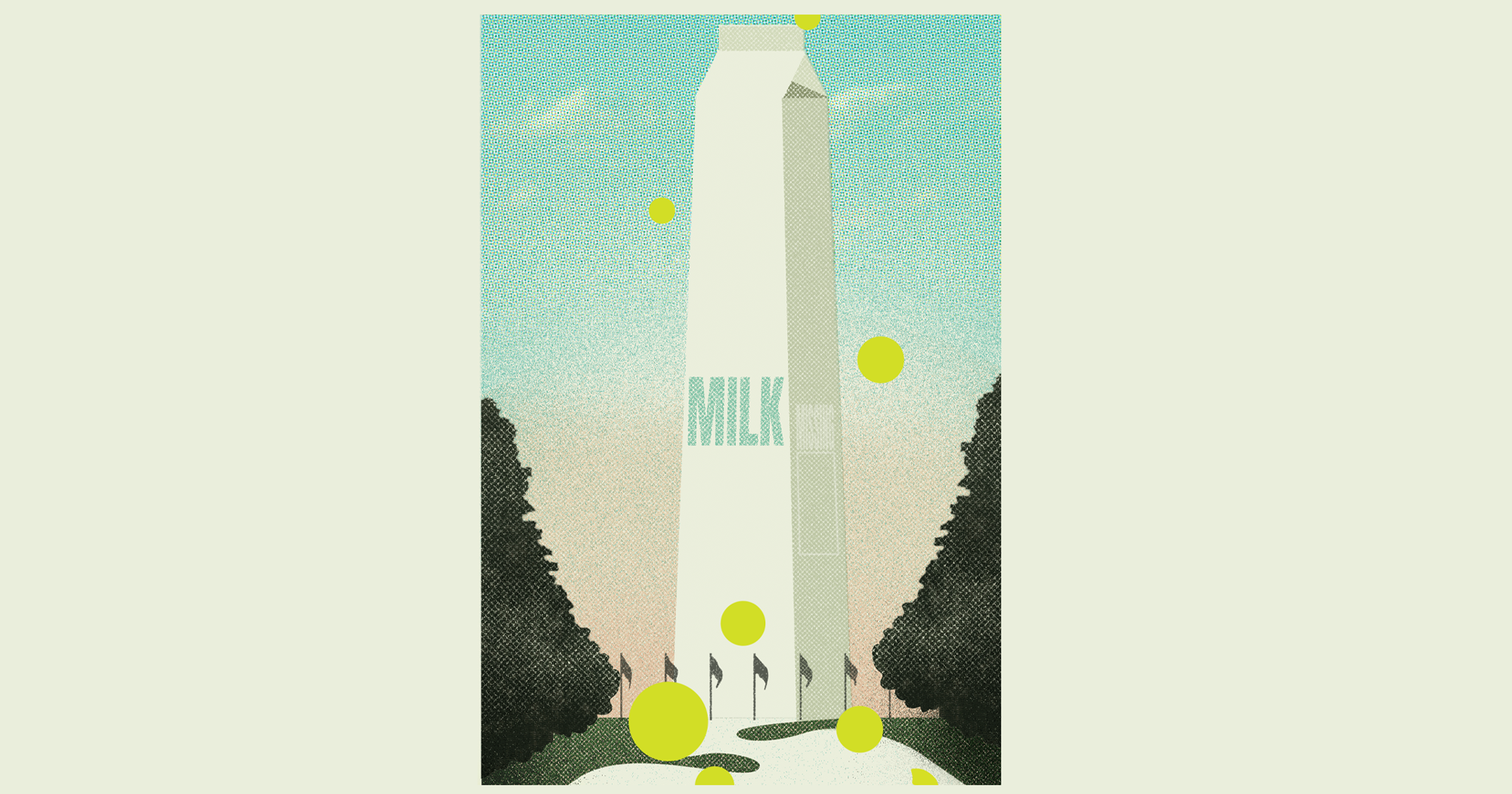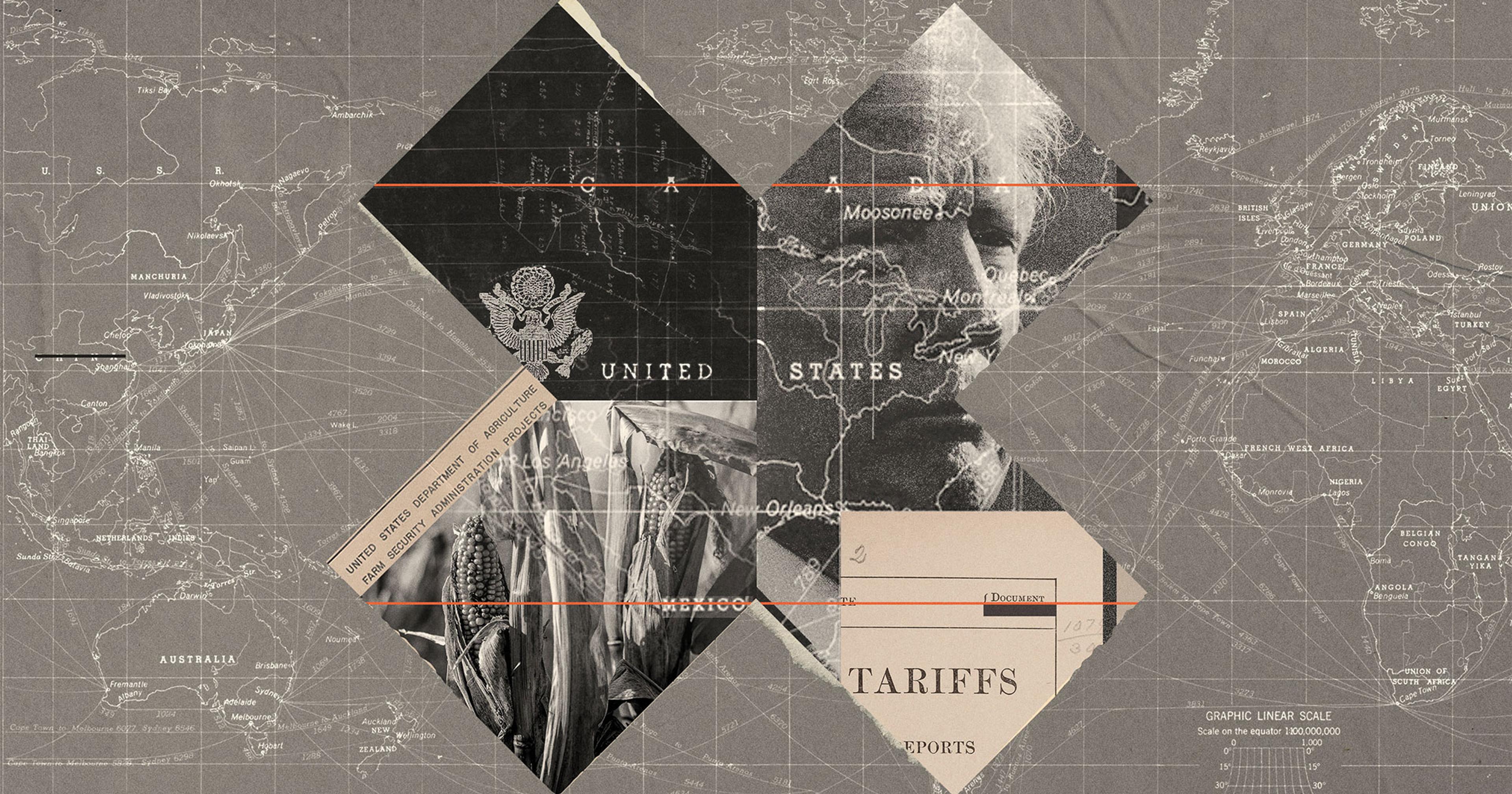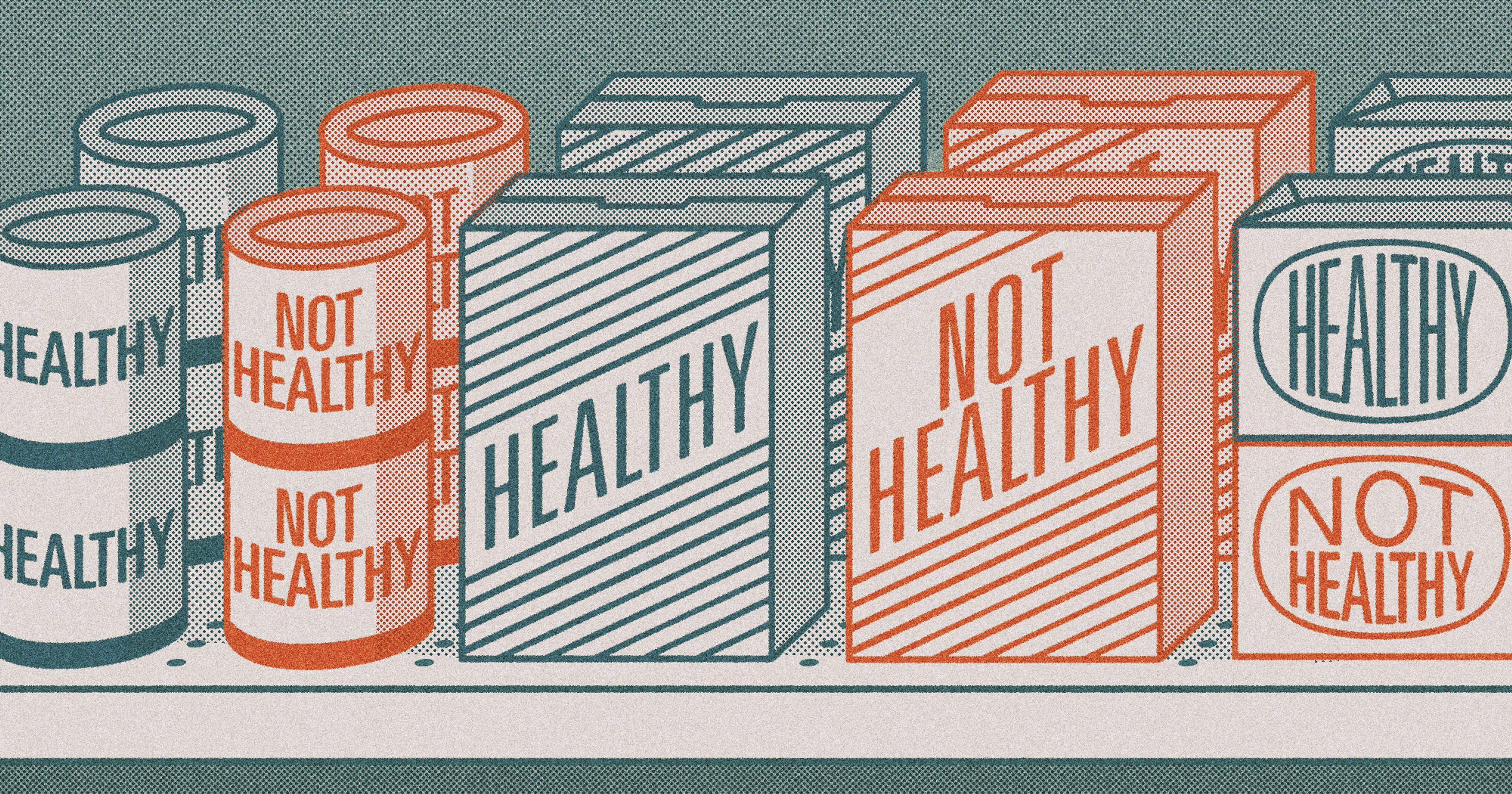Midway through reporting on a $3.1 billion program for farmers and researchers, the trail went cold.
This is a story about confusion. Although, since it’s the job of reporters like me to lend clarity to our subject matter, maybe it’s an anti-story. Whatever this is, it covers what I do and don’t know about the U.S. Department of Agriculture’s $3.1 billion Partnership for Climate-Smart Commodities (PCSC) program, which I started reporting on after a pleasant lunch seminar held in midtown Manhattan this past February.
The PCSC is (was?) a program initiated by the Biden administration to research climate-friendly farming and forestry practices, measure their impacts, and expand U.S.-based markets for them. Through USDA’s Commodity Credit Corporation (CCC), in 2023 it began doling out five-year grants to projects led by food companies, universities, farmer organizations, state agriculture departments, and Indigenous groups. By working through the CCC, it bypassed USDA’s EQIP program — one of the main funding levers for funding environmentally friendly farming practices — which is tied to the Farm Bill that Congress has been half-heartedly knocking around since it expired a year and a half ago.
Before the lunch, I knew of the existence of PCSC but not much about its specifics; I was especially surprised to learn that it had a marketing side. After the lunch, I did what I always do when I start working on a story: I called up sources, asking how they fit into what appeared to be a complicated and unwieldy program, trying to understand how it all pieced together. I’d almost finished my interviews and was itching to start writing when the news hit.
Like dozens if not hundreds of federal funding streams — particularly ones involving any mention of sustainability or climate — one morning I woke up to the news that PCSC had its taps turned off by the administration, with no indication of when or if the money would flow again. The anxiety was palpable, now, when I talked to my sources. Some farmers had already shelled out a lot of their own hard-earned money for equipment and materials. They were now on the hook for those costly expenditures, which they trusted the government would pay back because it said so right in their contracts; many were uncertain if their farms would survive the hit. So, this is also a story about panic, depression, and anger. (USDA did not respond to a request for further information.)
How It Begins
This story begins in a wood-paneled room in the company of a small group of journalists, publicists, and academics. I was there to hear about this generously funded climate-smart program that I hadn’t quite been able to wrap my head around. The academics were marketing experts, there to tell the rest of us about their contribution to one $60 million PCSC grant: They were tasked with determining how to convince consumers to pay a premium for “climate-smart” foods, and they walked us through a presentation on how they intended to do that.
Will consumers even know what climate-smart means, the journalists asked? We’re not even sure we know what it means, we said. I later learned from Ben Lilliston, director of rural strategies at the Institute for Agriculture and Trade Policy, that there’s no USDA definition of climate-smart; a project simply had to reduce greenhouse gas emissions and sequester some carbon to qualify. The academics were sure they could simultaneously educate and entice consumers by building out special grocery sections where climate-smart foods could be displayed.
Does this mean a new labeling scheme, the journalists wanted to know? And were the academics concerned their displays might compete with, for example, organic food displays? The academics seemed baffled by this question, as well as the suggestion that consumers had become overwhelmed by the growing number of labels meant to sway their purchases with promises of everything from zero GMOs to no child labor in the supply chain.
To myself I wondered, would grocery stores even agree to that kind of display? When I left the paneled room I called Errol Schweizer, grocery savant and editor of The Checkout on Substack. He pointed out that many grocers don’t even have separate organic sections anymore. “All that stuff is integrated into the aisles by category, because consumers shop by category,” he told me. “This is such a silly thought exercise, because it is so out of touch with the realities of retail … If USDA wants to get a clue they should talk to people … who are working on regenerative production systems, who are marketing products to consumers based on terms consumers recognize.”
The deeper I dug into the story the more tentacles it seemed to sprout.
As I continued to report this story, the fact that the academics had been brought on to market specialty crops. aka fruits and vegetables, nagged at me. The PCSC program has commodities — corn, soy, wheat, dairy — right there in the name. Lilliston explained that this was a workaround to get some money into farmers’ pockets. With meaningful climate action left out of the 2018 Farm Bill, PCSC was meant to be another way to compensate farmers for environmentally friendly practices. Any project funded by the CCC had to have the word “commodity” attached to it; speciality crop producers were nevertheless eligible. Okay, one mystery solved.
The deeper I dug into the story the more tentacles it seemed to sprout. I reached out to Linley Dixon, co-director of the Real Organic Project. What did she make of the fact that the PCSC program didn’t mention organics, which has clearly stated standards for climate-mitigating strategies? “We were disgusted when we saw who the money went to,” she told me, referring to the first round of funding, which mostly benefitted large agribusinesses. She pointed out that Tyson is now marketing “climate-smart beef” after receiving a $60 million PCSC grant (it also got sued by the Environmental Working Group over the claim).
“It feels like an attempt to try to put Band-Aids on our current system,” Dixon continued, “and give more subsidies to the status quo rather than investing in the people that are doing it right.” The second round of PCSC funding did go to smaller farms and organizations and it turns out, some of those farms were organic — a rare instance of governmental vagueness working for the little guy.
Things Fall Apart
I’d been working on the story for days and although I still wasn’t entirely clear on what a climate-smart commodity was meant to be, after talking to farmers and farming experts, at least I was getting to the roots of my confusion. Just a few last interviews, I thought, and then I’ll feel clear-headed enough about the program to sit down to write.
Then it was all over.
A week after the press event I was on a follow-up Zoom call with the academics. I asked if they could share some data. I watched in real time as they went about the mundane task of calling up a USDA page — only to discover it had been wiped from the server. Their faces went pale. My sources stammered for a few minutes, trying to appear un-alarmed. Then they ended the call.
Several days later, researchers on another part of their grant declined to speak to me. Then New York’s Agriculture and Marketing department, a PCSC grant-holder, also refused to speak, releasing a statement instead: “[W]e are closely following developments and continuing to monitor federal actions for any potential impacts on our programs.” I soon learned that, as grant funding stopped coming in, state agencies and universities were deciding to go silent, fearful that public comment would generate government backlash.
Soon after that, reports started rolling in about farmers impacted by the funding freeze; I contacted some of them. If I’d initially been feeling panic over a story that was rapidly slipping away from me, my troubles soon seemed small by comparison.
As grant funding stopped coming in, state agencies and universities were deciding to go silent, fearful of government backlash.
Kia-Beth Bennett is the owner of 113-acre Bittersweet Milkweed Collective in St. Lawrence County, New York, raising pigs, sheep, chickens, cows, produce, and perennials. Her farm was included on a grant that would have provided them $46,500 for fencing to improve rotational grazing, a grassed waterway to reduce flooding in their cow pasture, and a hedgerow to support pollinators and reduce erosion. They spent about half of what was allotted to them; the reimbursement never arrived and the rest of their planned improvements remain unapproved. That’s because their projects required a third-party environmental evaluator, and USDA abruptly canceled its contracts with third-party environmental evaluators.
“At this point I am feeling confusion and panic, and extreme discouragement,” Bennett said. The possibility of PCSC funds “gave you that little sense of hope. We can’t have hope right now. There is no hope. We have to have action … I’m turning to my neighbors and saying, ‘Okay, I will trade you a piglet for chicks, and I will give you some pork if I can borrow your backhoe. I think that’s where we’re heading.”
Katie Baildon is policy manager of the Northeast Organic Farming Association of New York (NOFA-NY), which was a grant partner with nonprofit Pasa Sustainable Agriculture in Pennsylvania. This grant was the umbrella for Bennett’s fence and waterway and hedgerow, and for projects on 662 other farms in 15 states that still haven’t received anticipated funding (although $1.85 million has been distributed to about 140 farms).
“A lot of farms are in the same boat. A lot of organizations that work with farms are in the same boat. So this terrible experience has brought us together to share our stories and hopefully make ourselves stronger for the future,” Baildon said. Solidarity, however, does not make up for the harm the funding freeze has caused. Some farms purchased new equipment “only to find out they’re not going to have the funding to carry out the project,” said Baildon. “Farms are businesses and in New York we’re starting to enter the [growing] season. To have this happen at this time of year is especially stressful.”
“At this point I am feeling confusion and panic, and extreme discouragement.”
Ang Roell of They Keep Bees, also part of the Pasa/NOFA grant, raises honeybee queens in Western Massachusetts and Florida. They were awaiting $15,000 in PCSC funding for fencing; additional plantings to add to newly planted young chestnuts, hazelnuts, pear, and other trees; and an irrigation system to keep those trees watered. Roell never received the funds they were anticipating. They were also frozen out of an emergency ELAP reimbursement after part of their operation got slammed by Hurricane Helene last year.
“It’s a pretty detrimental hit and frankly, feels like an attack on small farms,” Roell said, although some larger farms are suffering as well. The loss of PCSC money doesn’t mean they’ll take a loss on production, but it did disrupt their irrigation budget. “We’re looking at another year of watering all these trees by hand, which takes four to five hours of labor. Or we are looking at the potential loss of every tree and shrub that we … spent $20,000 in materials and supplies to put into the ground,” they said. The state of Massachusetts has been in touch to offer grants that might bridge funding. “But to get screwed by the government — I’m not exactly surprised, but I’m disappointed,” Roell said.
The Essex Food Hub in the Eastern Adirondack Mountains was not directly part of a PCSC grant. However, said executive director Lindsay Willemain, 10 of the 60 producers the Hub works with are owed a total of $716,000 in climate-smart funding. That money was intended to “implement agroforestry strategies [to] provide more climate resilience for their farms,” in a region recently plagued by both extreme flooding and drought.
But the Hub is also out $426,000 through another USDA program, meant to distribute local farm produce to individuals in need, that may never get reimbursed. “We won’t survive that,” Willemain said. Should the Hub fail, 120 community members will be out of jobs and local farmers — those who survive the funding freeze, that is — will have to seek alternative distribution in a region that desperately needs access to fresh local food.
As of this writing, I’m still not entirely sure what climate-smart commodities are — and I may never get to the bottom of it. Farmers and farmer organizations are still reporting missing funds and are expressing their dismay over the resulting “devastation” to their operations. Several farmer groups came together in early March to meet with Congressional agriculture committees, and to pass on news of the “severe disruption” they were experiencing as a result of promised funds that never materialized. As Lindsay Willemain of the Hub said, “It just seems hopeless.”
